
It’s late in the night, and a group of us are playing the card game We’re Not Really Strangers. We’re not really strangers; we’re acquaintances from a summer program wanting to get to know each other better. And so we start playing on a dorm room table. We briefly read the instructions and then progress through three rounds— each consisting of answering questions about how we perceive each other (Level 1), how we connect to the world (Level 2), and a reflection on the experience of the game (Level 3).
With questions like “How do our personalities complement each other?” and “What was your first impression of me?”, WNRS promises the kind of fun stemming from social fellowship and expression. By learning and talking with others, but also sharing details about oneself, it enables shared cathartic experiences. There are 2 types of questions and then wildcards and actions/challenges. One type of question requires you to answer it (“WHAT IS YOUR PERFECT DAY?) while the other asks others to answer for you (“WHAT COMPLIMENT DO YOU THINK I HEAR THE MOST?”). This mechanism is key to a more participatory dynamic. As people like to talk about themselves, having others answer your question not only increases engagement from others, but also reveals information about how others perceive you, information often hidden. This mechanic, in addition to the meta questions (“HOW DID YOU FEEL ABOUT THE GAME?”) differentiates it from many others of its kind that I know, and facilitates greater bonding.
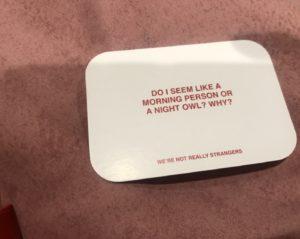

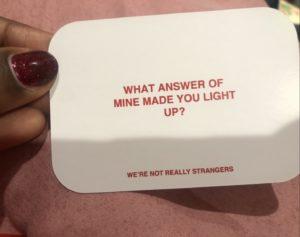
In addition, the actions and challenges often include other mediums such as writing confessions on pencil and paper, adding novelty to inspire players to keep playing. We often skipped these as we wanted to answer more questions, so one possible suggestion is limiting the challenge items that require outside materials, and to focus on more personal challenges. Luckily, there is a large pool of questions such that you will discover new questions in the next sitting and can easily skip or add questions.
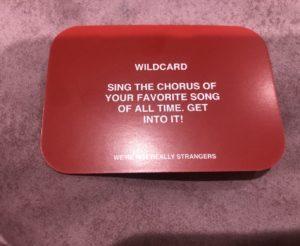
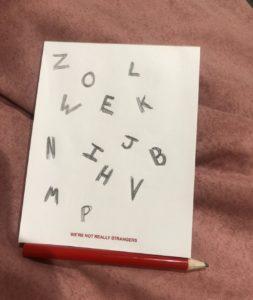
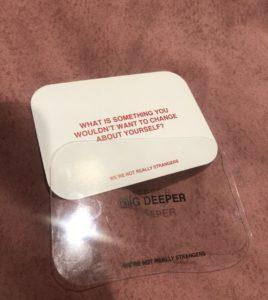
The theme of the game— connection— is heavily reinforced through the game design. The compact red box the game comes in— minimal yet impactful— has the words “COME CURIOUS” “LEAVE CONNECTED” on the bottom corners. You open the box and the inside of the lid states “INSIDE WE’RE ALL THE SAME”. One thing I admired while playing was how the simplicity of the card elicited increased response. One time, I was talking with a friend and she said that if someone is talking and you stay silently engaged, they will talk and reveal more. In the same way, I feel WNRS encourages us to say more.
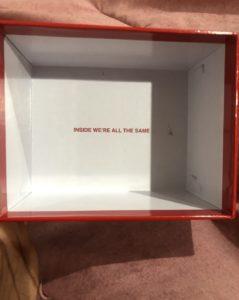 One area of concern might be the personal nature of the questions combined with the game’s promotion of “digging deeper”. In a trusting environment, that’s often a good thing, but sometimes you have untrustworthy actors. To improve the game, allowing people to pass if they don’t feel comfortable asking a question might help with that and should be higher prioritized and emphasized.
One area of concern might be the personal nature of the questions combined with the game’s promotion of “digging deeper”. In a trusting environment, that’s often a good thing, but sometimes you have untrustworthy actors. To improve the game, allowing people to pass if they don’t feel comfortable asking a question might help with that and should be higher prioritized and emphasized.


